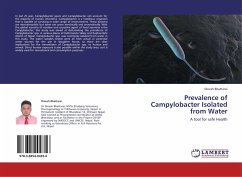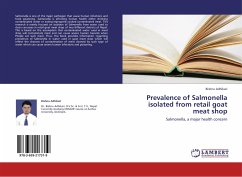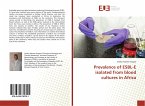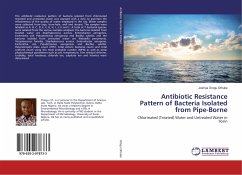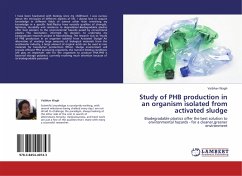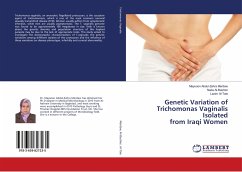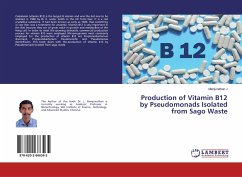In last 25 year, Campylobacter jejuni and Campylobacter coli account for the majority of human infections. Campylobacter is a fastidious organism that is capable of surviving in wide range of environments. These bacteria are microaerophilic but some can grow aerobically and anaerobically. With the global scenario of number one causative agent of food zoonosis is the Campylobacter; this study was aimed at determining the prevalence of Campylobacter spp. in various places of Kathmandu Valley and Ruphandehi district of Nepal.Campylobacter spp. was commonly isolated from water in this study. The water samples tested were all from actual or potential water sources for the use in slaughter house, so there are clear implications for the transmission of Campylobacter spp. to human and animal. Direct human exposure is also possible within the study area, as it is widely used for recreational and consumption purposes.

